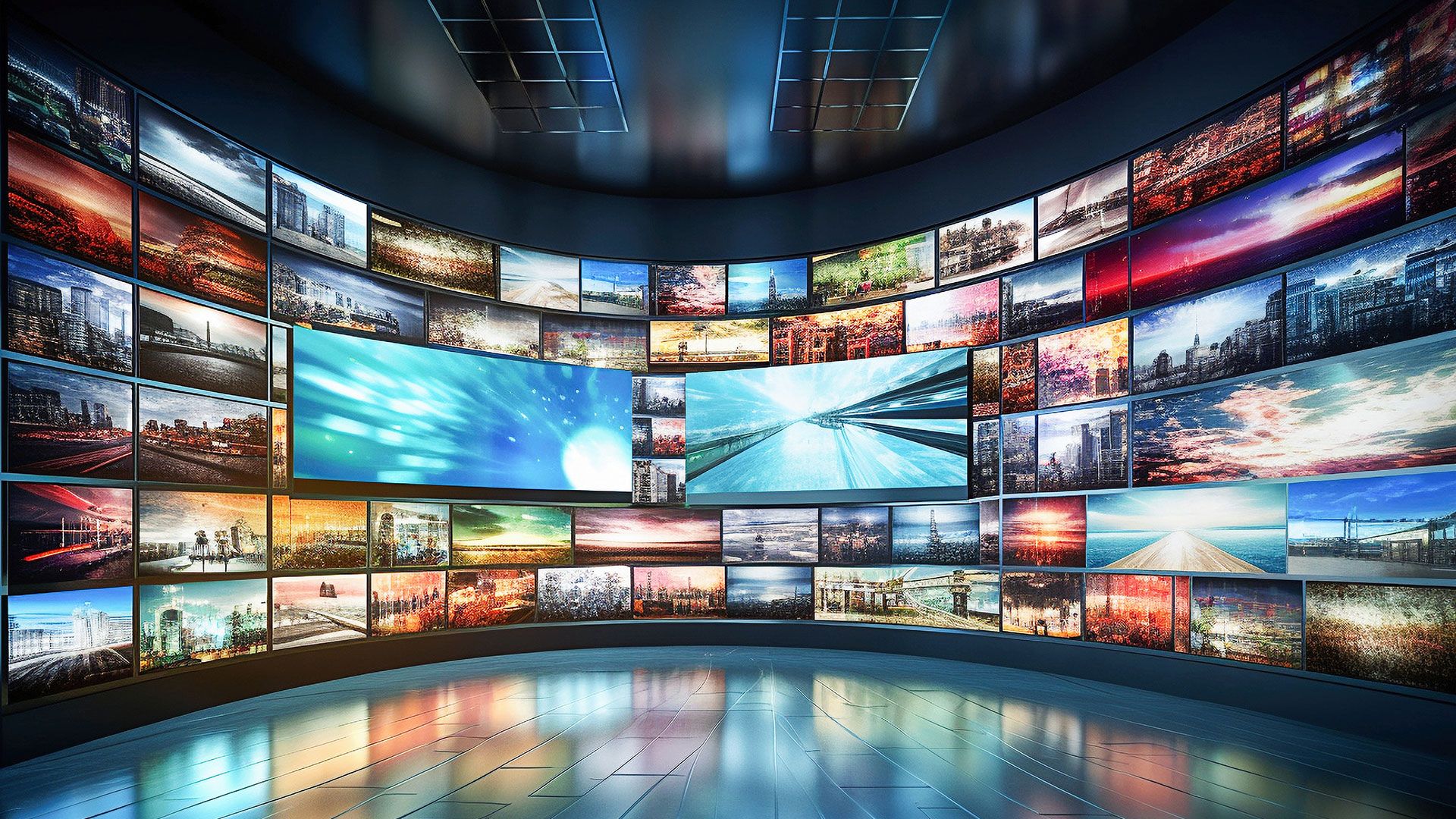
ITU receives Emmy Award for HDR-TV – and transforming the world of television

Andy Quested, Chair, ITU-R Working Party 6C
(Programme production and quality assessment)
The International Telecommunication Union (ITU) has once again taken centre stage in the world of television technology with the third Emmy Award for the ITU Radiocommunication Sector (ITU‑R).
This prestigious accolade recognizes how high dynamic range television (HDR‑TV) has revolutionized production and broadcasting standards, along with the importance of ITU’s standard for the technology, Recommendation ITU‑R BT.2100.
First published in July 2016, the innovation outlined in the ITU‑R Recommendation has achieved something that not many do: it has impacted the end-to-end image processing chain, from how images are captured by HDR cameras, post-produced and colour corrected, as well as how they are displayed on a whole new range of HDR-capable TVs.
HDR-TV’s success is a result of experimentation, demonstration, technical collaboration and the sheer determination of the members of ITU‑R Study Group 6, which prepares international standards for radiocommunication broadcasting services, including vision, sound, multimedia and data services principally intended for delivery to the general public.
What is HDR-TV, exactly?
HDR-TV, as outlined in ITU-R BT.2100, focuses on image-parameter values for high dynamic range television, specifically tailored for use in production and international programme exchange. It has redefined the way we perceive television, enhancing visual quality and creating a more immersive and life-like experience for viewers.
Frankly, there was some scepticism in the early days, when it was difficult to explain and demonstrate exactly what HDR was doing. We saw many demonstrations where displays were put into modes that just stretched images.
In simplified terms, HDR expands the range between the darkest and brightest elements of an image, allowing the portrayal of scenes with more realistic highlights and, more importantly, more detail in the shadows. When it’s well done, HDR can make you feel like you’re looking through a window rather than watching a screen.
Two key technologies, Hybrid Log-Gamma (HLG) and Perceptual Quantization (PQ), proved key to advancing TV image quality. Both of those are outlined in the ITU-R Recommendation.
We should also, of course, acknowledge the people who worked so hard to deliver HDR-TV to the whole media industry.
How we got there
Study Group 6 started over 10 years ago with a document from the United States suggesting an expansion of the then-new ultra-high-definition-television (UHD-TV) standard known as Recommendation ITU-R.BT.2020. This led to an idea for “extended image dynamic range television” (EIDR-TV).
What followed for me, was an amazing time. I had the privilege of leading the group that was set-up to work on the details (available in ITU-R reports) and develop the new documents that are so important to any new international standard. But what is more important is the impact HDR programmes have had on the ever-growing audience able to experience them.
Through HDR-TV, I’ve got to know and work with many experts who are passionate about delivering quality to audiences. Those of us who were there from the start have almost become like an extended family.
They include Scott Miller, Craig Todd and Jaclyn Pytlarz from Dolby; Andrew Cotton, Tim Borer and Simon Thompson from the BBC; Sugawara Masayuki and Yukihiro Nishida (who was also the ITU-R Chair of Study Group 6) from NHK; René van der Vleuten from Philips; and Erik Reinhard (who was then at Technicolor); and Paul Gardiner from Sony – who took over the leadership of the working group when I became Chair of the Working Party.
Many others joined and contributed before the approval of the Recommendation, which by then called the technology HDR-TV.
The great thing about HDR-TV is that it’s not just limited to traditional broadcasting. Any and all content benefits from well-made HDR processing. It’s increasingly rare, when watching a major sporting event, a live event or concert, major documentary, drama series or movie, not to see the “HDR” logo — or “also available in HDR” if delivered via an alternative platform like over-the-top (OTT) service from a traditional broadcaster.
ITU’s ongoing commitment to innovation
ITU – the United Nations agency for information and communication technologies – has a rich history of advancing global connectivity in communication networks.
This Emmy Award is not the first recognition for outstanding contributions by ITU-R Study Group 6 to broadcasting. In 1983, the International Radio Consultative Committee (CCIR – the precursor to ITU-R) received an Emmy Award from the National Academy of Television Arts and Sciences for the development of a common world standard for digital TV studios (Recommendation ITU-R BT.601).
Then in 2012, around the time we started the work on HDR, the Study Group received an Emmy for algorithms to measure audio programmes (Recommendation ITU-R BS.1770), which enabled standardization of loudness metering in broadcast audio – an answer to perennial audience complaints that TV sound was either too loud or too quiet, requiring continuous “volume surfing.”
Now, ITU’s Emmy Award for HDR-TV represents a big milestone in the ongoing transformation of the television industry. By fostering international collaboration and driving technological advancements, ITU remains a beacon of innovation in the world of information and communication technologies.
As innovative technologies and the creative intent of programme makers continue to mix, we can look forward to more and still better visual and audio experiences.
More ITU-R Recommendations.
See press release.
Header image credit: Adobe Stock
